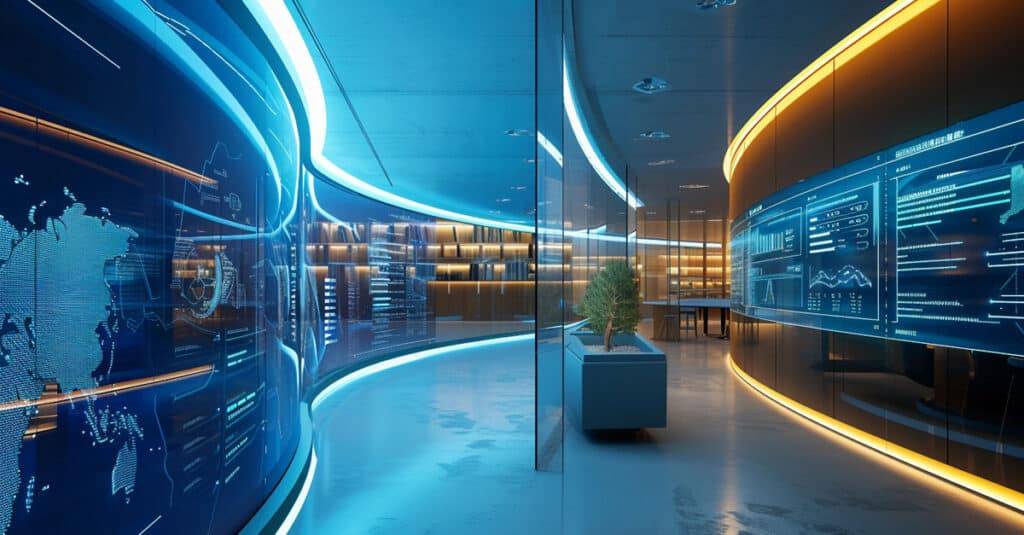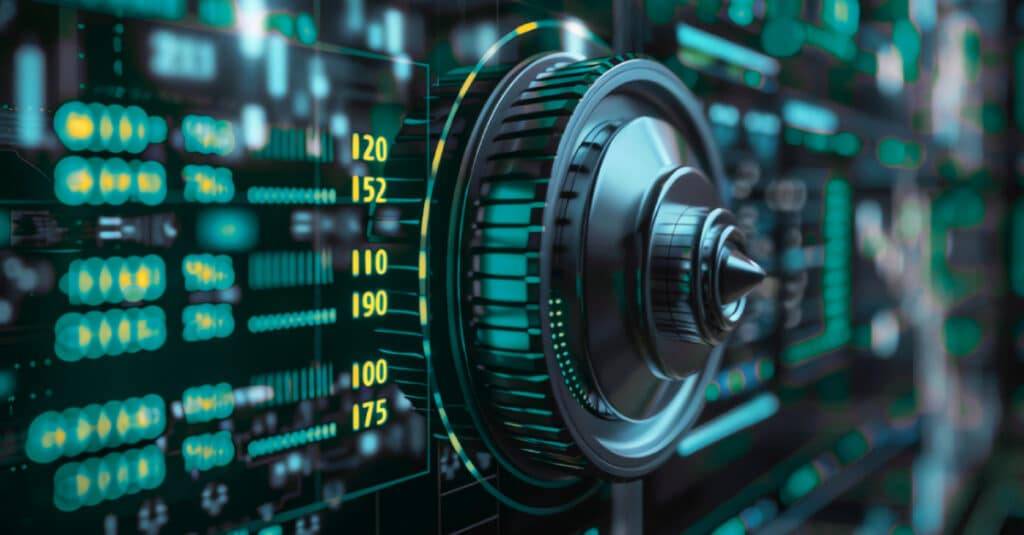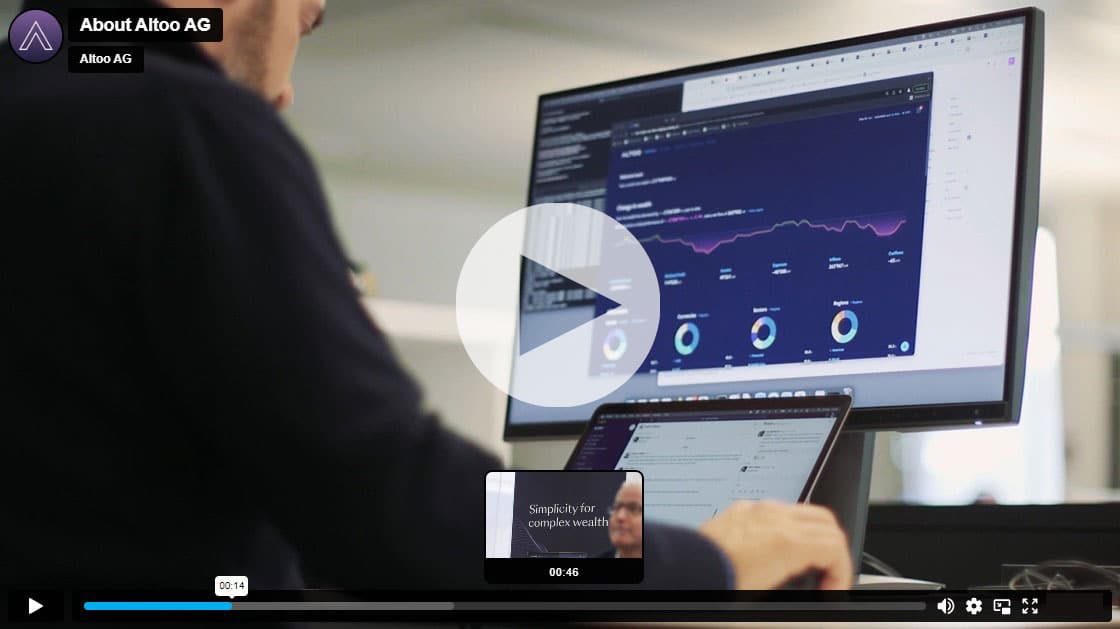The Power of Renewable Energy
At the heart of this pioneering ship is its power source. A cutting-edge 60-MWh battery pack will power Hurtigruten’s zero-emission ship in contrast to conventional cruise ships, which rely on fossil fuels. This innovative technology represents a significant step forward in the quest for sustainable energy solutions.
To recharge the battery, the ship will use clean energy while docked in port, in line with Norway’s commitment to renewable energy. In fact, renewable energy already accounts for an impressive 98% of Norway’s electricity system, demonstrating the country’s commitment to fighting climate change.
With a range of 300 to 350 nautical miles per charge, the vessel will require seven or eight recharges during an 11-day round trip. This reliance on renewable energy sources will significantly reduce the ship’s carbon footprint and contribute to a cleaner and more sustainable future for the cruise industry.
Solar Sails: Harnessing the Power of the Sun and Wind
One of the most innovative features of Hurtigruten’s zero-emission cruise ship is the use of retractable solar sails. Unlike traditional sails, these state-of-the-art structures are equipped with solar panels, effectively turning the ship into a floating solar farm. The three autonomous wing rigs boast an impressive 1,500 square metres of solar panels, capturing the sun’s energy while the ship is at sea.
Wealth Aggregation: Simple, Dynamic, and Secure Beyond Compare. Discover the Altoo Wealth Platform!
In addition to harnessing solar power, the sails also take advantage of wind energy. With a combined wind surface area of 750 square metres, these technologically advanced sails can adjust to catch the most wind and shrink to pass under bridges. When fully extended, the sails reach a height of 50 metres, further optimising their energy-generating capabilities.
While the ship is at sea, the solar panels and wind-catching sails will help recharge the batteries, reducing the need for frequent recharging. This innovative approach to energy efficiency not only further reduces the ship’s carbon footprint but also demonstrates the potential of renewable energy to transform the maritime industry.
Testing and Production: The Road Ahead
Over the next two years, Hurtigruten will conduct extensive testing to ensure the viability and efficiency of the proposed technologies. These tests will inform the final design of the zero-emission cruise ship, which is scheduled for completion in 2026. Shipyard production will begin in 2027, with the first ship making its maiden voyage in Norwegian waters in 2030.
Hurtigruten’s ultimate goal is to convert its entire fleet to zero-emission vessels, reflecting the company’s unwavering commitment to sustainability. Currently, only 0.1% of ships worldwide operate with zero-emission technology. By pioneering this transformative change in the maritime industry, Hurtigruten aims to inspire other companies to accelerate their sustainability efforts and contribute to a greener future.









